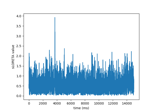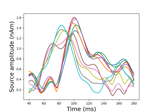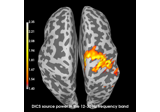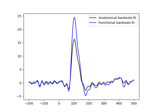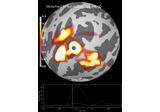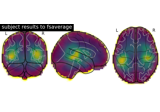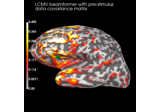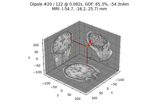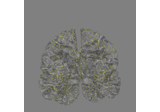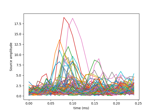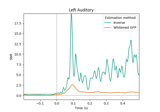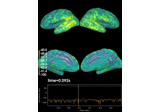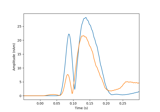Inverse problem and source analysis#
Estimate source activations, extract activations in labels, morph data between subjects etc.
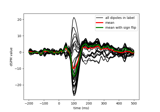
Compute MNE-dSPM inverse solution on single epochs
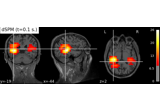
Compute MNE-dSPM inverse solution on evoked data in volume source space
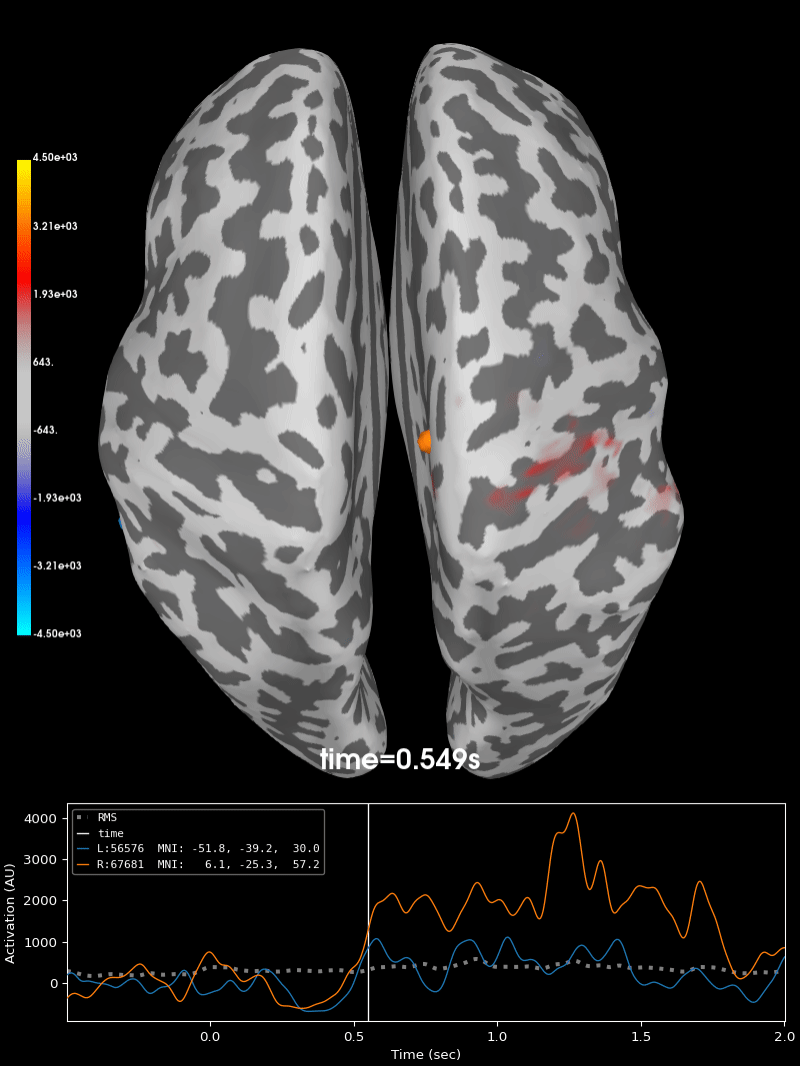
Compute source level time-frequency timecourses using a DICS beamformer
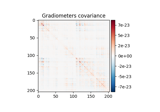
Compute evoked ERS source power using DICS, LCMV beamformer, and dSPM
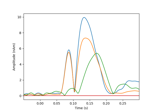
Compute a sparse inverse solution using the Gamma-MAP empirical Bayesian method
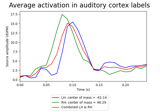
Extracting time course from source_estimate object
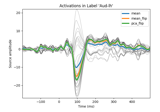
Extracting the time series of activations in a label
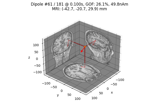
Compute sparse inverse solution with mixed norm: MxNE and irMxNE

Compute MNE inverse solution on evoked data with a mixed source space
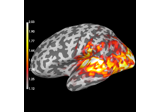
Compute source power estimate by projecting the covariance with MNE
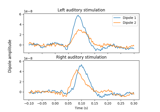
Computing source timecourses with an XFit-like multi-dipole model
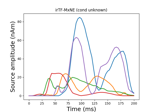
Compute iterative reweighted TF-MxNE with multiscale time-frequency dictionary
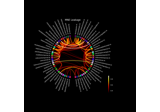
Visualize source leakage among labels using a circular graph

Plot point-spread functions (PSFs) and cross-talk functions (CTFs)

Compute spatial resolution metrics in source space
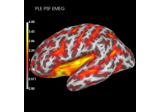
Compute spatial resolution metrics to compare MEG with EEG+MEG
